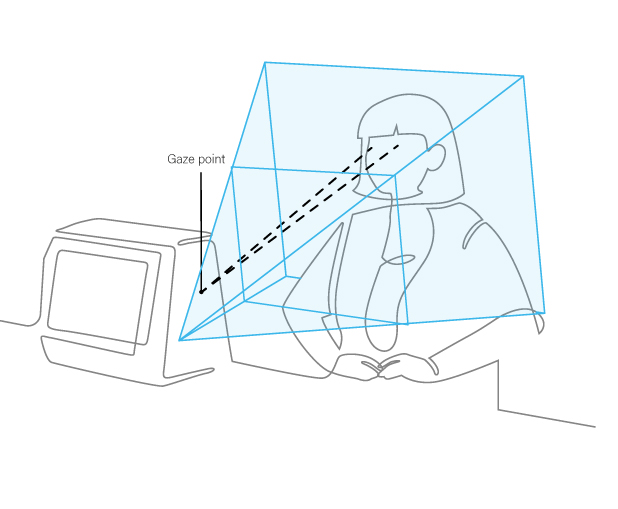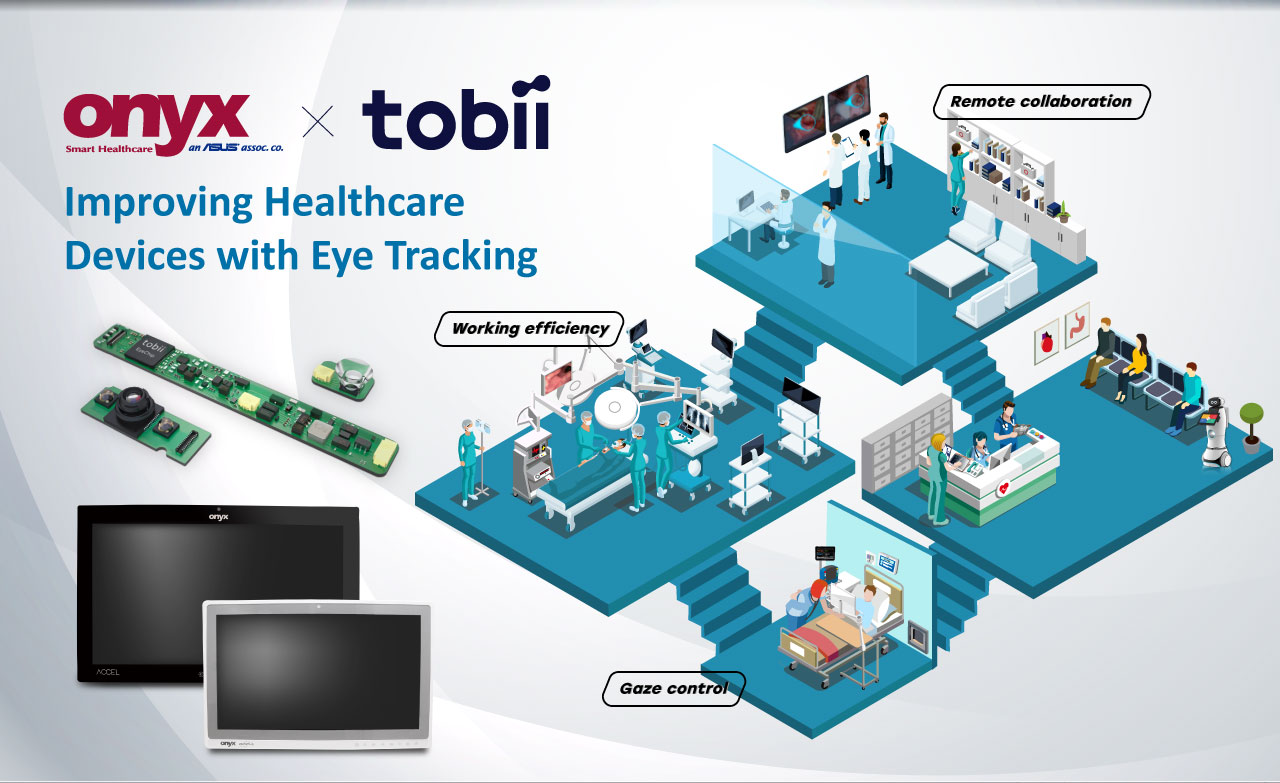Onyx + tobii: Improving Eye Tracking in Healthcare Devices

Tobii Tech and Onyx have collaborated for many years, working to broaden the use of assistive and health-assessment solutions by enabling them with eye tracking. Our joint effort continues to be highly valued, as we deepen our cooperation to deliver leading-edge eye tracking enabled healthcare systems, including the ongoing digitalization of operating rooms. By embedding eye tracking into a surgical console, for example, you can control it, as well as surgical robots and other equipment in the OR with your eye movements — reducing the number of peripherals that need to be handled, cleaned, and protected. Yet perhaps more important, using eye movements to control devices lowers the burden on the hands of clinical staff, maintaining workflow efficiency. Eye tracking enhances remote collaboration in surgical procedures by overlaying video feeds with the surgeon’s gaze. This additional information facilitates remote participation as it helps trainees to learn and off-site experts to advise. Through gaze-control, eye tracking provides patients with temporary or permanent disabilities with a means to interact with hospital infotainment systems, reducing staff workload and improving patient wellbeing.
Ulrica Wikström
VP Segment Head — Tobii Tech
https://tech.tobii.com

What is eye tracking?
Eye tracking is a sensor technology that follows a person’s eye movements,
converting what they are looking at into a data stream. Eye tracking components
deliver raw data to a functionally-separated processing unit, which in turn delivers
a data stream in real-time to a high-level application, such as a control system
for a surgical robot or hands-free navigation in medical information systems.

Onyx Mate with eye tracking:
using vision to control surgical robots
Controlling surgical robots with eye tracking offers many advantages. Gaze-activated controls allow for panning, scrolling, and zooming, as well as object selection, leaving a surgeon’s hands free to perform other actions. Eye tracking enables additional safety measures that, for example, guarantee automatic robot deactivation if the surgeon looks away from the viewfinder, or is showing signs of drowsiness.
Not only is procedural efficiency promoted through visual control of the surgical camera, clinical communication is also facilitated by sharing the camera feed of the surgeon’s visual focus.
.jpg)
Onyx ACCEL with eye tracking:
Enhancing remote collaboration and distance learning
Remote collaboration and distance learning overcome physical distances, providing universal access to medical expertise in a way that is economical for virtually any medical specialty. Eye tracking is yet another important tool in efforts to shorten the physical and practical distances when facilitating collaboration or educational training for medical professionals, because it can help an individual to focus attention on vital information,
thus improving communication and expediting overall learning experiences.

Onyx Bedside Terminal with eye tracking:
Offering patients a more comfortable convalescent experience
Physical and mental well-being is a primary factor for speedy recovery, helping patients to check out of hospital as early as possible. Through gaze-activated control, patients with permanent or temporary movement or speech disabilities can communicate and access entertainment systems
without staff assistance simply by having their eye movements tracked across the device’s user interface. Eye tracking, or gaze control, reduces the need for clinical staff or family members to help patients navigate the controls of a mobile computing device.


